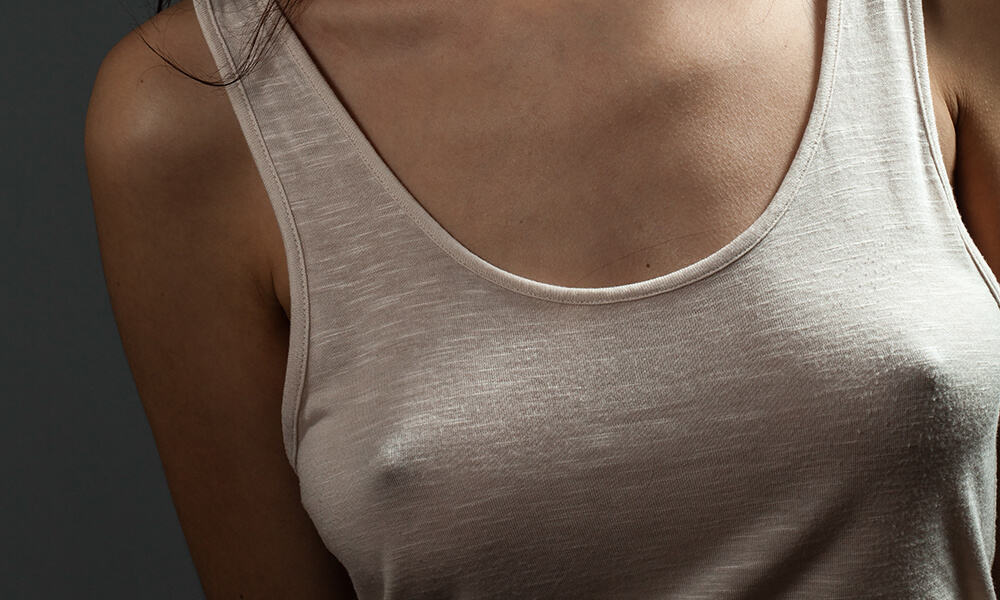Know your nipples
Media from the offices of Broadway

Know your nipples
Nipples are gaining media attention as movements encourage women to free their breasts and fashion moves away from bras. Men bare their chest proudly, but some are self-conscious of how their bodies look. Everyone has nipples. Some people even have three of them. (That’s called a supernumerary nipple). They come in all shapes and sizes. They can add to your sex appeal or be a real turn off. Nipples are often overlooked insecurities, but plastic surgery has made it easier for both men and women to feel confident about them.
Nipples or areolas?
The word areola is often associated with nipples, but there is a difference between these two terms. Your areola is the circular area around your nipple. It’s a different color from your skin tone. Nipples project from your areola. In women, and sometimes in men, nipples release milk. Both are an important part of your anatomy.
Want to learn more?
Have questions?
Want to schedule a consultation?
Nipple categories
There are a few general categories. Most people will fall into one or more of these categories. Nipples can be protruding, flat, puffy, bumpy, inverted or a combination of these kinds. Protruding means that they stick out. Flat means they lie flat against the areola. Puffy means the areola and nipple are slightly raised above the surrounding tissue. Bumpy nipples have noticeable little bumps on the areola. Everyone has these bumps, which are called Montgomery glands, but they are more noticeable on some people than others. Inverted nipples retract inwards instead of sticking out of your areola.
Within these categories, it’s possible to have two different kinds. Unilateral inverted nipples mean that one is raised and one is inverted. It’s relatively common to have nipples that look different because of shape or size. Patients who are uncomfortable with this often seek plastic surgery solutions.

Nipples are unique
Every body has its own unique sense of beauty. Nipples are an alluring body feature that vary as much as personality types and skin tones. The color will vary based on skin tone and ethnicity. This will look different for every person. The amount of hair around them is also going to change from person to person. Hair changes with your hormone levels, especially during puberty. The size will differ for everyone. Big or small nipples have no relation to health risks. It’s a matter of preference. So much about them comes down to individual bodies and personal preferences.
Plastic surgery solutions
Plastic surgery can transform your nipples, giving you confidence and sex appeal. If they are droopy or too long, you can get a reduction. An areola reduction can correct areolas that are too puffy and unsightly. Other corrections in men and women work to retract inverted nipples. Flat nipples can also be fixed with this procedure. Nipple reconstruction uses surrounding tissue and changes the placement.
Consult your doctor with concerns
Nipple traits are linked to genetics, but they can change over time. If there are sudden changes to your nipples, this can indicate a larger medical problem. If they develop a rash, have an unusual discharge or suddenly change shape or color should be a warning sign. These can be symptoms of cancer or other serious diseases, and you should consult your doctor.
Nipples are a symbol of sex appeal for both men and women. Many people are embarrassed by how they look. Plastic surgery can eliminate your insecurities. Men are gaining boldness to bare their chest. With the growing popularity of movements to free the nipples and an increase in braless fashion trends, it’s important to have confidence in your nipples. They come in all shapes, colors and sizes. Everyone has them, and everyone’s look different. Understanding what’s normal for your body will increase your self-assurance and your sex appeal.
